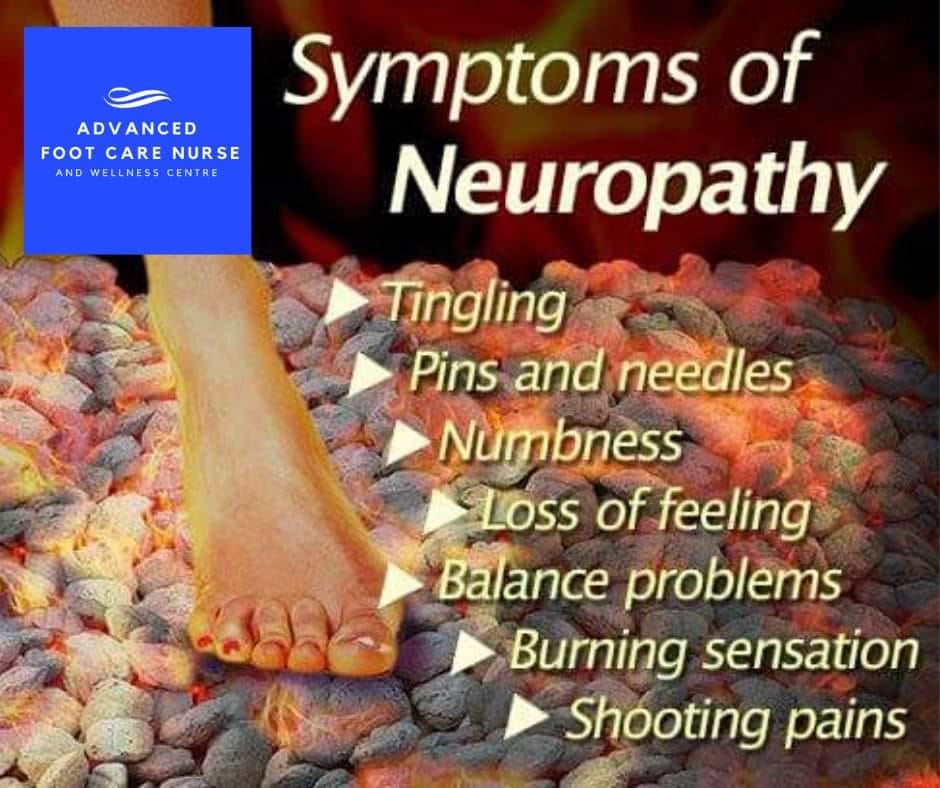
What is Peripheral Neuropathy?
Peripheral neuropathy is damage of the peripheral nerves. Your peripheral nerves are the nerves that travel to your arms and legs. When the nerves are damaged, they don’t function properly. People with peripheral neuropathy have decreased or abnormal sensation in their toes and fingers. Sometimes, they develop problems moving these parts of the body as well.
Symptoms:
The most common symptoms of peripheral neuropathy include burning, numbness, tingling, or shooting or stabbing pain in the toes and/or fingertips. Any change in sensation in the fingers or toes may be a symptom of peripheral neuropathy. Be sure to report any abnormal sensations to your doctor. Those sensations may be the first sign of another problem, such as diabetes.
Causes:
In the United States, the most common cause of peripheral neuropathy is diabetes. According to the American Diabetes Association, 60 to 70 percent of people with diabetes will develop neuropathy within their lifetime.
* Certain medications, including some chemotherapy drugs.
Heredity. Some people have a family history of peripheral neuropathy.
* Advanced age. Peripheral neuropathy is more common as people age.
* Arthritis. Certain type of arthritis, especially involving the back, can cause peripheral neuropathy.
* Alcoholism. According to the US National Library of Medicine, up to half of all long-term heavy alcohol users develop peripheral neuropathy.
* Neurological disorders. Certain neurological disorders, including spina bifida and fibromyalgia, are associated with peripheral neuropathy.
Injury. Acute injury to the peripheral nerves may also cause peripheral neuropathy.

GET IN TOUCH WITH US

MONDAY: 9:00AM – 5:00PM
TUESDAY 9:00AM – 5:00PM
WEDNSDAY 9:00AM – 7:00PM
THURSDAY 9:00AM – 5:00PM
FRIDAY 9:00AM – 5:00PM
SATURDAY 9:00AM – 4:00PM
SUNDAY 10:00AM – 2:00PM
Email:
info@advancedfootnurse.com
Fax Number: (226) 216-5402
| Cookie | Duration | Description |
|---|---|---|
| cookielawinfo-checkbox-analytics | 11 months | This cookie is set by GDPR Cookie Consent plugin. The cookie is used to store the user consent for the cookies in the category "Analytics". |
| cookielawinfo-checkbox-functional | 11 months | The cookie is set by GDPR cookie consent to record the user consent for the cookies in the category "Functional". |
| cookielawinfo-checkbox-necessary | 11 months | This cookie is set by GDPR Cookie Consent plugin. The cookies is used to store the user consent for the cookies in the category "Necessary". |
| cookielawinfo-checkbox-others | 11 months | This cookie is set by GDPR Cookie Consent plugin. The cookie is used to store the user consent for the cookies in the category "Other. |
| cookielawinfo-checkbox-performance | 11 months | This cookie is set by GDPR Cookie Consent plugin. The cookie is used to store the user consent for the cookies in the category "Performance". |
| viewed_cookie_policy | 11 months | The cookie is set by the GDPR Cookie Consent plugin and is used to store whether or not user has consented to the use of cookies. It does not store any personal data. |